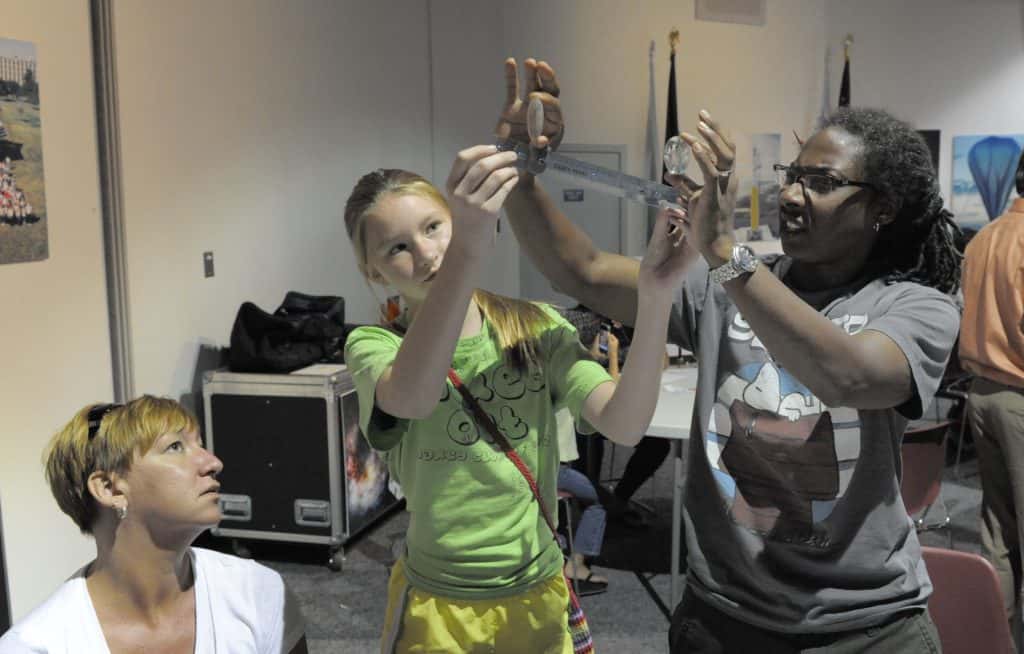Without a doubt, our personal worlds are shaped by early experiences in our lives. For instance, my early childhood was filled with experiences in which I was encouraged to ask “why” as often as I could, explore the answers, and give my own answers to those precious questions. My brain was fuelled by my imagination, and my imagination was fuelled by hands-on exploration.
I saw this same experience every week at Imagination Station, the hands-on science museum I volunteered at. We had dozens of cheap exhibits that had seen better days, but the kids loved them. For example, although our flight simulators were nothing but somewhat gutted cockpits, the imagination of the kids allows them to really fly. Next to the cockpits is a sand pit that we tossed some plaster dinosaur fossils into. The shouts of excitement when the kids find one of the dinosaur bones can be heard throughout the first floor. The kid’s favourite was often the “musical pipes” lashed to the handrailing leading to the second floor. It was nothing but various lengths of rubber tubes lashed to the railing and had the kids play music on them with old plastic sandals.
As a volunteer, I walked through the museum I ask the kids what they are finding, seeing, and exploring. The responses I got for the simple displays were fun and full of curiosity. Even the replies I got at the more sophisticated displays are amazing. For example, after playing with a display that shows how electricity is generated from water, a six-year-old girl was able to tell me that when the water moves faster, the lights get brighter. Hands on science works for teaching a wide array of subjects, but how well?
Every week I see familiar faces, new and old, as well as the very young. Every week they share their experiences with me and ask for answers. Usually we have a hands-on method of educating the public about their questions, and we work together to help them explore their own thoughts. Not everyone is correct with their hypothesis, but within a few moments they know what a hypothesis is, and that they are going to test it by trying it out. More than anything else, this method of teaching the public has created greater curiosity and a desire to learn about their world. It is also probably the most engaging way to communicate science to the nonscientist.
Featured image: The Commons Getty Images on Flickr, image credit: Pat Izzo
